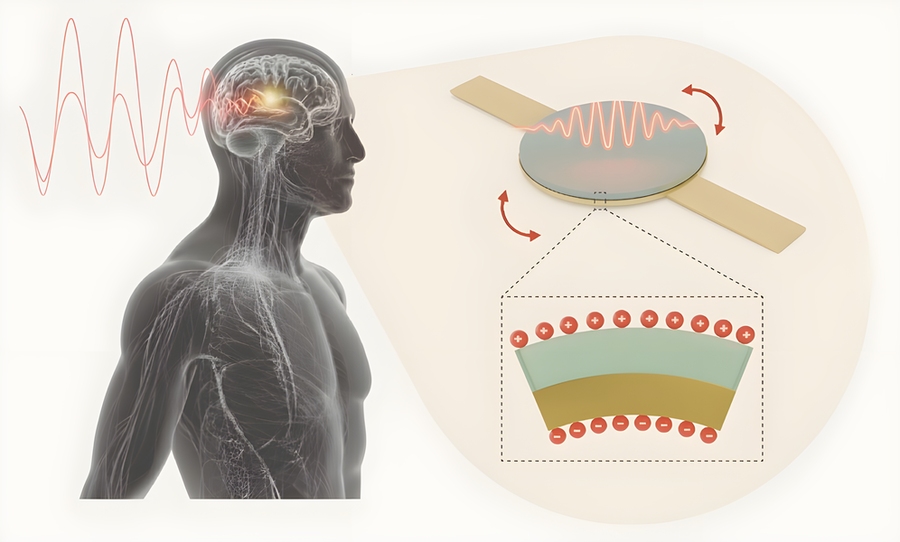Researchers from the MIT Media Lab have developed an antenna — about the size of a fine grain of sand — that can be injected into the body to wirelessly power deep-tissue medical implants, such as pacemakers in cardiac patients and neuromodulators in people suffering from epilepsy or Parkinson’s disease.
“This is the next major step in miniaturizing deep-tissue implants,” says Baju Joy, a PhD student in the Media Lab’s Nano-Cybernetic Biotrek research group. “It enables battery-free implants that can be placed with a needle, instead of major surgery.”
A paper detailing this work was published in the October issue of IEEE Transactions on Antennas and Propagation. Joy is joined on the paper by lead author Yubin Cai, PhD student at the Media Lab; Benoît X. E. Desbiolles and Viktor Schell, former MIT postdocs; Shubham Yadav, an MIT PhD student in media arts and sciences; David C. Bono, an instructor in the MIT Department of Materials Science and Engineering; and senior author Deblina Sarkar, the AT&T Career Development Associate Professor at the Media Lab and head of the Nano-Cybernetic Biotrek group.

